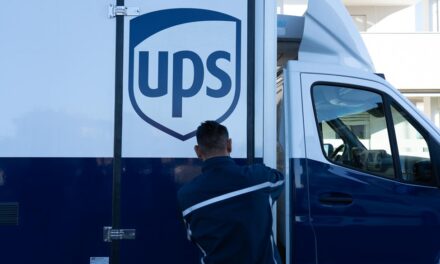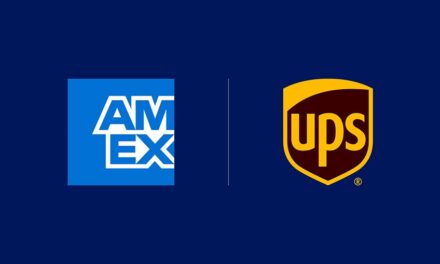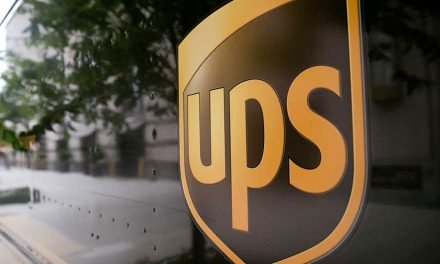
UPS launches ground freight service across US-Mexico border
UPS has launched a new ground freight service between the United States and Mexico designed for supply chain operations. The Atlanta-based shipping giant said its UPS CrossBorder Connect offering would bundle its transportation and customs brokerage services north and south of the border to help customers speed up their supply chains and cut costs.
UPS said the service will offer fast, reliable transit times of around three to four days between most major US and Mexican cities, although it is not a time-guaranteed service.
The premium contractual service makes use of the UPS trucking network in the US, connecting through to partner carriers in Mexico. It will make use of eight border crossings along the US-Mexico border, in California, Arizona and Texas, with UPS brokerage helping reduce customs delays, the company said.
Visibility for freight shipments will be provided through the Flex Global View system.
Customers will also have the option of bonded movements through the border for faster border crossings.
Steve Flowers, president of UPS Global Freight Forwarding, said a global rise in fuel and labour costs meant many businesses were now looking to “near-sourcing” for their operations to cut production and supply chain costs, rather than long-distance outsourcing in supplying the US market.
“We’re seeing more high-tech and automotive companies now moving production closer to consumption points in North and South America, and UPS CrossBorder Connect can help them navigate the complexities inherent in US-Mexico trade while containing costs,” he said.
UPS said prior to the launch of its CrossBorder Connect service, heavyweight freight shipping across the border was limited to conventional less-than-truckload movements or air freight, with “little middle ground” in between.
“Our research clearly revealed the gaps in service options that exist for today’s customers,” said Flowers. “With this product, we’ve improved visibility and predictability as well as reliability on one of the largest and most important US trade lanes.”












